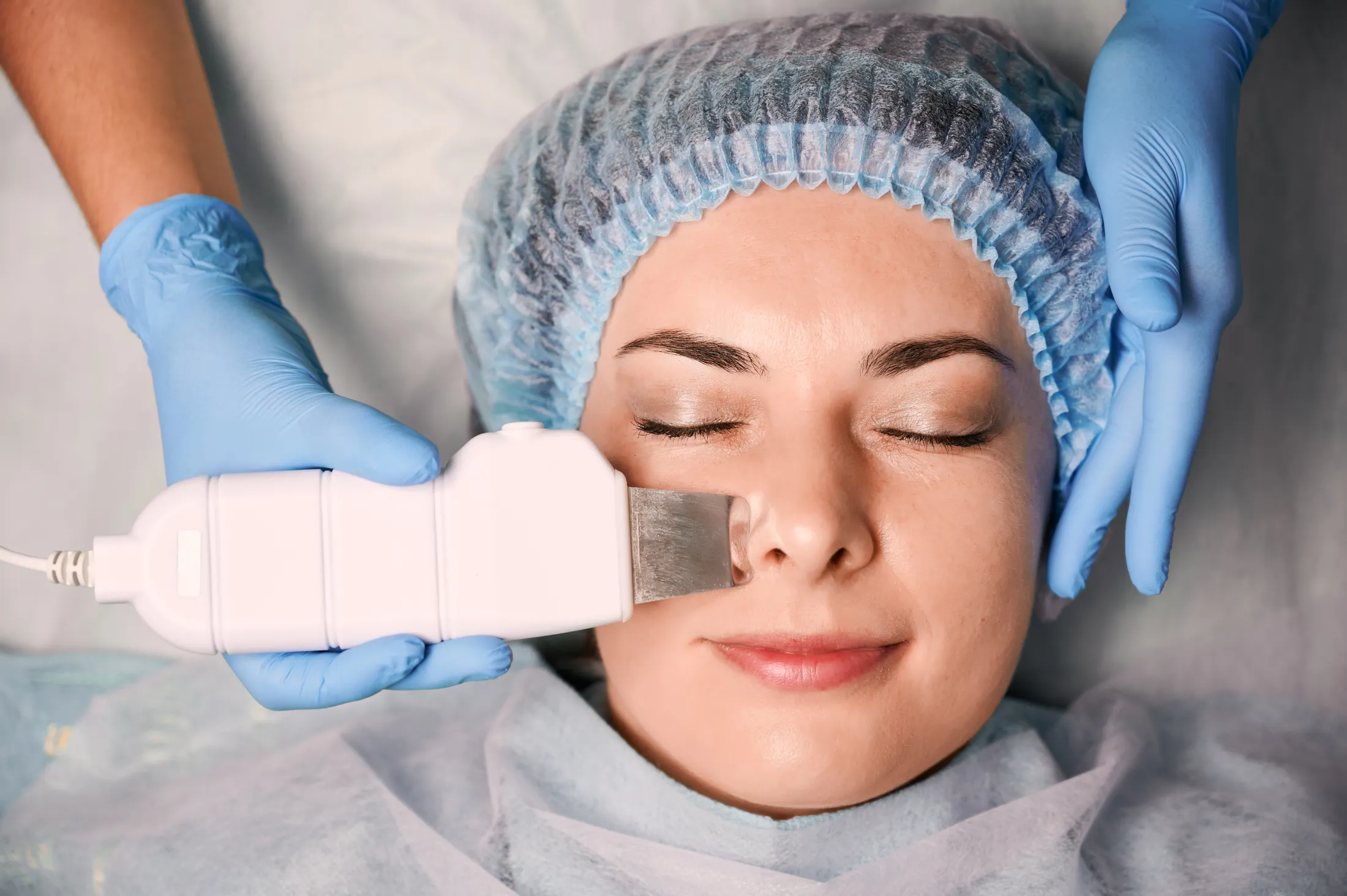Gynecomastia surgery, a common procedure aimed at reducing enlarged male breast tissue, is increasingly sought after by those looking to improve their chest contours and regain confidence. As with many surgical interventions, prospective patients often inquire about the anesthesia used during the procedure. Specifically, many wonder, “Is Gynecomastia Surgery Done Under General Anesthesia?” Understanding the anesthesia options is crucial for preparing mentally and physically for the operation, as well as for setting realistic expectations about the recovery process. This article provides a comprehensive overview of the anesthesia methods employed in gynecomastia surgery, focusing on the procedural aspects, patient experiences, and the considerations involved in choosing the appropriate anesthesia type.
Understanding Gynecomastia Surgery
What Is Gynecomastia Surgery?
Gynecomastia Surgery in Abu Dhabi involves the removal of excess glandular tissue, fat, and skin from the male chest to achieve a flatter, more traditionally masculine chest appearance. The procedure is typically performed for aesthetic reasons, but it may also address physical discomfort or psychological distress caused by enlarged breasts. The choice of surgical technique depends on the degree of gynecomastia and the patient’s specific goals.
Types of Surgical Techniques
There are primarily two techniques used in gynecomastia correction:
- Liposuction: Suitable for cases where excess fat is the main contributor to breast enlargement.
- Excisional Surgery: Involves removal of glandular tissue and excess skin, often necessary in more severe cases.
Understanding these techniques helps clarify the anesthesia options, as different approaches may require different anesthesia methods.
Anesthesia Options in Gynecomastia Surgery
General Anesthesia
General anesthesia is a state of controlled unconsciousness that ensures the patient is completely unaware and free of pain during the procedure. It involves administering medications through an intravenous (IV) line or inhalation of anesthetic gases. In gynecomastia surgery, general anesthesia is often preferred for extensive procedures, especially when significant tissue removal or skin excision is involved. It allows the surgeon to operate in a relaxed, motionless environment and provides comprehensive pain control throughout the operation.
Local Anesthesia with Sedation
Alternatively, local anesthesia with sedation can be used for less invasive cases. Local anesthetic agents numb the surgical area, while sedatives help relax the patient. This combination allows the patient to remain conscious but comfortably sedated, experiencing minimal discomfort. It is generally suitable for minor liposuction procedures or small corrections.
Factors Influencing Anesthesia Choice
The decision between general anesthesia and local anesthesia with sedation depends on various factors:
- The extent of tissue removal
- Patient’s medical history
- Comfort and anxiety levels
- Surgeon’s preference and experience
An experienced surgical team evaluates these factors to recommend the safest and most effective anesthesia plan tailored to each patient.
Is Gynecomastia Surgery Done Under General Anesthesia?
Yes, gynecomastia surgery is often performed under general anesthesia, especially for more extensive or complex cases. This approach ensures that the patient remains completely unconscious, eliminating any discomfort or pain during the procedure. General anesthesia also provides optimal conditions for the surgeon to perform the necessary tissue excisions or liposuction without patient movement. While some minor or less invasive procedures might be completed under local anesthesia with sedation, the majority of gynecomastia surgeries involve general anesthesia to maximize safety, comfort, and surgical precision.
Benefits of Using General Anesthesia
Patient Comfort and Safety
General anesthesia offers a high level of comfort, especially during longer or more involved surgeries. It ensures the patient remains entirely unaware of the procedure, reducing anxiety and psychological distress.
Surgical Precision
With the patient fully sedated, the surgeon can work more meticulously without concern for movement, leading to better aesthetic outcomes and symmetry.
Pain Management
Administered medications provide effective pain relief during and immediately after surgery, contributing to a smoother recovery experience.
The Surgical Experience Under General Anesthesia
Preoperative Preparation
Patients typically undergo preoperative assessments to ensure suitability for general anesthesia. Fasting protocols are usually followed to minimize anesthesia-related risks.
During the Procedure
An anesthesiologist continuously monitors vital signs, adjusting medications as needed. The surgical team works in a controlled environment designed for patient safety.
Postoperative Care
Following surgery, patients are transferred to a recovery area where anesthesia effects subside. They are observed until fully alert and stable, with pain managed through prescribed medications.
Recovery and Postoperative Considerations
Anesthesia Impact on Recovery
While general anesthesia ensures comfort during surgery, it may cause temporary side effects such as grogginess or nausea. These typically resolve within a few hours to days.
Pain and Discomfort
Postoperative discomfort is managed with pain medications, and most patients return to normal activities within a specified timeframe, guided by their surgeon’s instructions.
Follow-up and Healing
Proper postoperative care, including wearing compression garments and avoiding strenuous activity, supports healing and optimal results.
Frequently Asked Questions (FAQs)
1. How long does it take to recover from gynecomastia surgery performed under general anesthesia?
Recovery times vary based on individual health and the extent of the procedure, but patients generally return to light activities within a few days, with full recovery taking several weeks.
2. Are there any risks associated with anesthesia in gynecomastia surgery?
While anesthesia is generally safe when administered by trained professionals, potential risks include allergic reactions or side effects such as nausea. Your medical team will evaluate your health history to minimize these risks.
3. Can I choose between general anesthesia and local anesthesia for my gynecomastia surgery?
Yes, the choice depends on the surgical approach and your medical condition. Your surgeon will discuss the most suitable option based on your specific case.
4. Will I be asleep during the entire gynecomastia procedure?
If general anesthesia is chosen, you will be completely unconscious throughout the surgery, ensuring no awareness or discomfort.
Conclusion
In conclusion, gynecomastia surgery is often performed under general anesthesia to provide maximum comfort, safety, and surgical precision, especially in more complex cases requiring extensive tissue removal. Understanding the anesthesia options helps patients make informed decisions and prepares them for the surgical experience. Consulting with a qualified surgeon will ensure that the anesthesia plan aligns with your health needs and aesthetic goals, paving the way for a successful outcome and renewed confidence.
















Leave a Reply